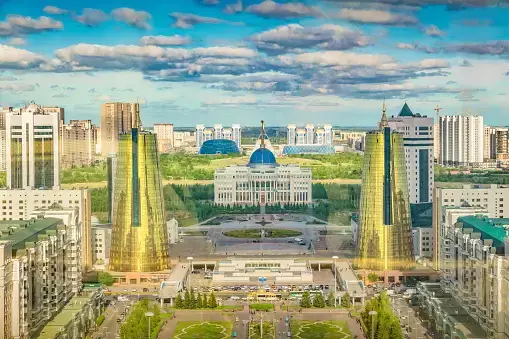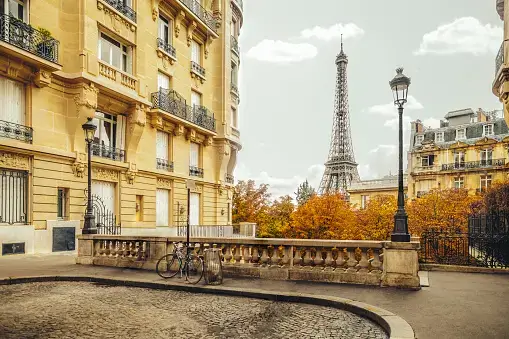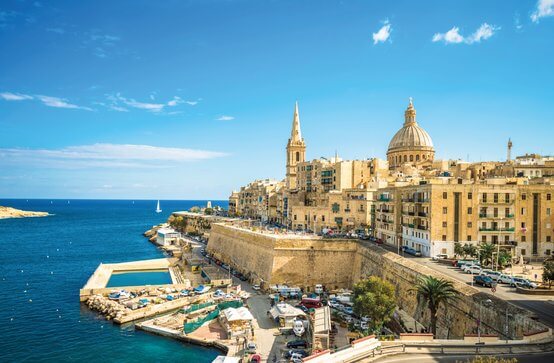10 Most Expensive Historic Buildings in the World According to Huma
History is often embodied in the architectural treasures of the past. This page takes you on a journey through the ten most costly historic buildings worldwide, where heritage meets opulence. These iconic structures not only represent bygone eras but also stand as a testament to the architectural genius and craftsmanship of their time.
Please be aware that the content within this list may be updated, modified, or revised in the future. As new information becomes available or circumstances evolve, the items or rankings within the list may be adjusted accordingly. And the collection presented here has been contributed by an individual and every Individual has its own Opinion so it is not an official collection.
You can send us your collection by going to ContactUs page.

The Great Pyramids of Giza (Egypt) - Completed around 2560 BC - Height: 138 meters
Detail: The Great Pyramids are ancient marvels that have stood the test of time, built as tombs for pharaohs.
Interesting Fact: Their construction cost, adjusted for inflation, is estimated to be over $1 billion.

St. Peter's Basilica (Vatican City) - Completed in 1626 - Height: 136 meters
Detail: St. Peter's Basilica is a Renaissance masterpiece, showcasing awe-inspiring architecture and priceless artworks.
Interesting Fact: The total construction cost, considering inflation, is estimated to be around $2 billion.

The Palace of Westminster (United Kingdom) - Completed in 1859 - Height: 96 meters
Detail: The Palace of Westminster, also known as the Houses of Parliament, is a neo-Gothic marvel on the banks of the River Thames.
Interesting Fact: The renovation project in the 19th century cost approximately $732 million in today's currency.
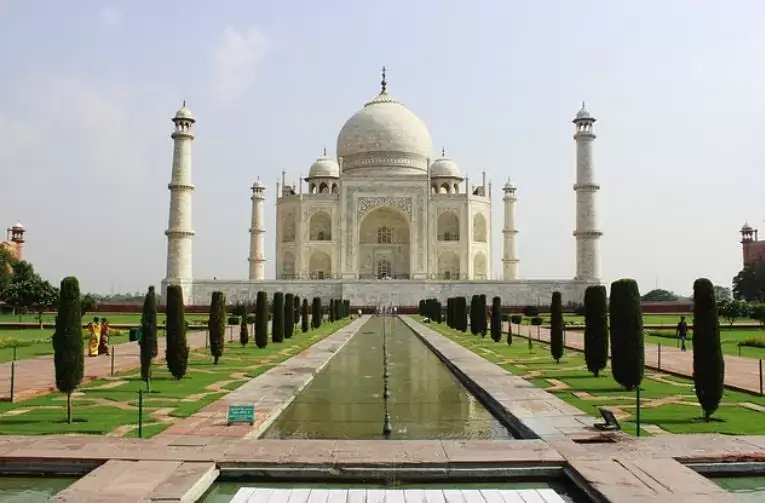
Taj Mahal - Agra, India - Height: 73 meters (including the central dome) - Completion Year: 1653 - Construction Cost: Estimated at 32 million rupees (equivalent to around $1 billion today)
Detail: The Taj Mahal is an architectural masterpiece and a symbol of eternal love, built by Emperor Shah Jahan in memory of his wife Mumtaz Mahal.
Interesting Fact: It changes color throughout the day, appearing pinkish in the morning, white during the day, and golden in the moonlight.
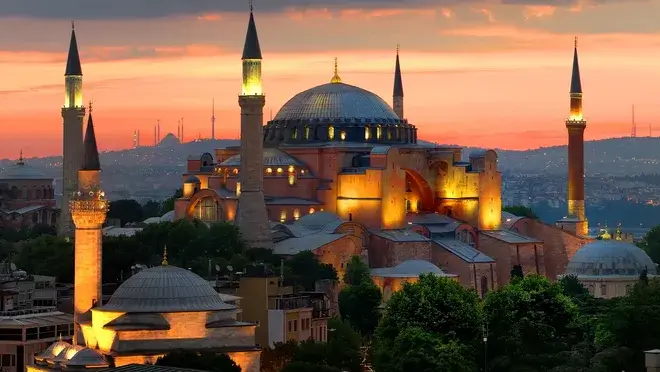
Title: Hagia Sophia
Location: Istanbul, Turkey
Construction Started: 532 AD
Completion Year: 537 AD
Status: UNESCO World Heritage Site, Museum (formerly a mosque)
Architectural Style: Byzantine, later converted to Ottoman architecture
Historical Significance: Symbol of cultural and religious fusion
Materials: Brick, stone, marble
Description: Hagia Sophia, also known as Ayasofya, is an iconic architectural marvel located in Istanbul, Turkey. It was originally built as a cathedral during the reign of the Byzantine Emperor Justinian I and was completed in 537 AD. For almost a thousand years, it served as the principal church of the Eastern Orthodox Church, witnessing significant religious ceremonies and events.
Hagia Sophia is renowned for its impressive dome, which was an engineering marvel of its time. The vast interior space, adorned with intricate mosaics and massive marble columns, is a testament to the grandeur of Byzantine architecture.
In 1453, following the Ottoman conquest of Constantinople, Hagia Sophia was converted into a mosque, and minarets were added to the exterior. Islamic elements, such as calligraphy and Islamic art, were incorporated into the interior design.
In 1935, under the leadership of Mustafa Kemal Atatürk, the founder of modern Turkey, Hagia Sophia was transformed into a museum as part of secularization efforts. It became a UNESCO World Heritage Site in 1985, recognizing its cultural and historical significance.
Recently, in 2020, Hagia Sophia was reconverted into a mosque, sparking debates about its status as both a religious and cultural symbol. Today, it continues to be a major tourist attraction, drawing visitors from all over the world who come to marvel at its architectural splendor and rich history, reflecting the interwoven cultural heritage of the Byzantine and Ottoman empires.
Interesting Fact: It's difficult to estimate its original construction cost, but it's deemed priceless today.
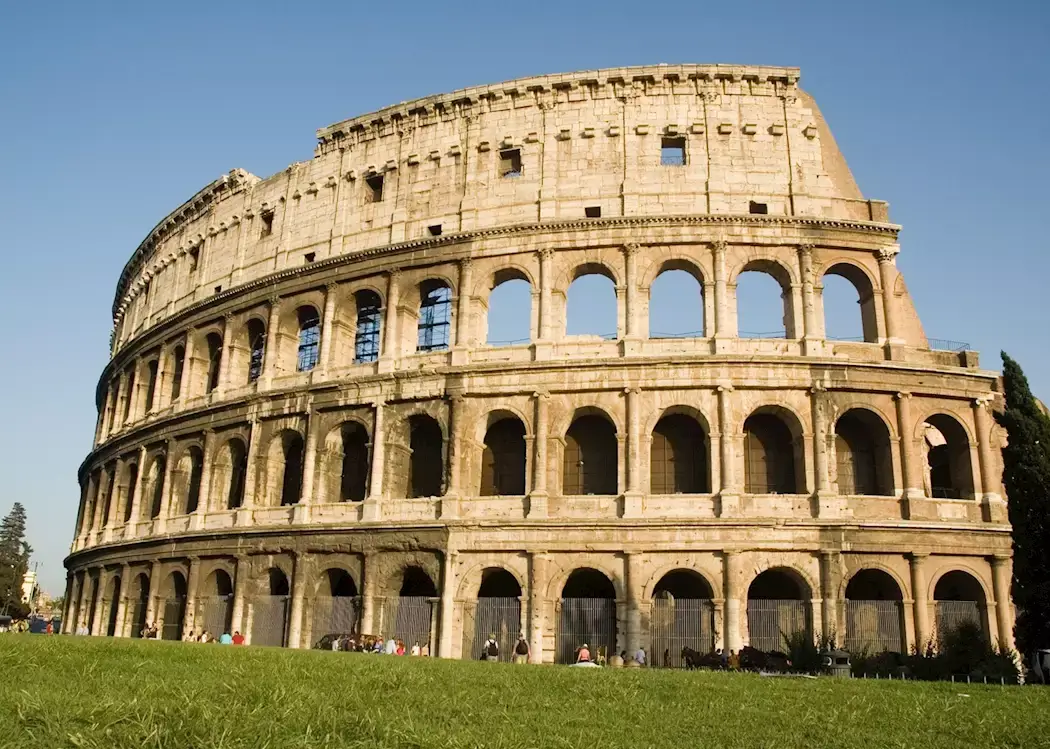
The Colosseum - Rome, Italy - Height: 48 meters - Completion Year: 80 AD - Construction Cost: Ancient Roman currency
Detail: The Colosseum, a Roman amphitheater, could hold 50,000 spectators and hosted gladiatorial contests and public spectacles.
Interesting Fact: It once had a retractable awning (velarium) to shade the audience.
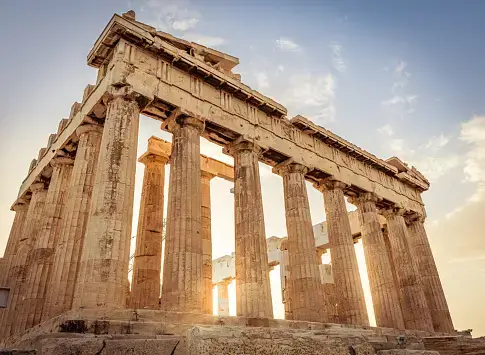
The Parthenon (Greece) - Completed in 438 BC - Height: 13.7 meters
Detail: The Parthenon is an enduring symbol of classical Greek architecture, dedicated to the goddess Athena.
Interesting Fact: Its construction cost, in today's currency, was approximately $230 million.
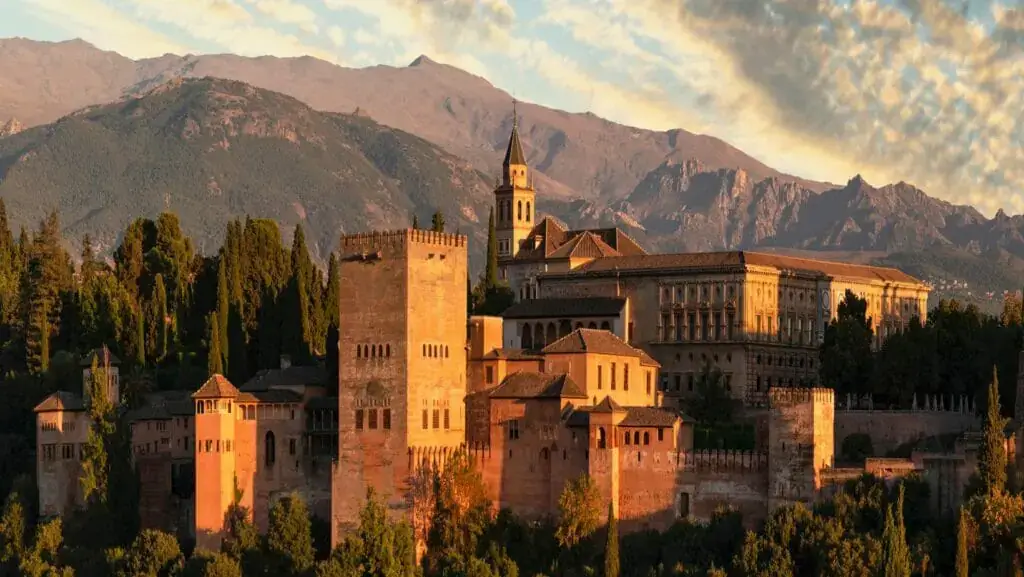
The Alhambra (Spain) - Completed in the 14th century Height: N/A
Detail: The Alhambra is a palace and fortress complex with exquisite Islamic architecture and lush gardens.
Interesting Fact: Its construction cost, adjusted for inflation, is estimated to be approximately $1.2 billion.
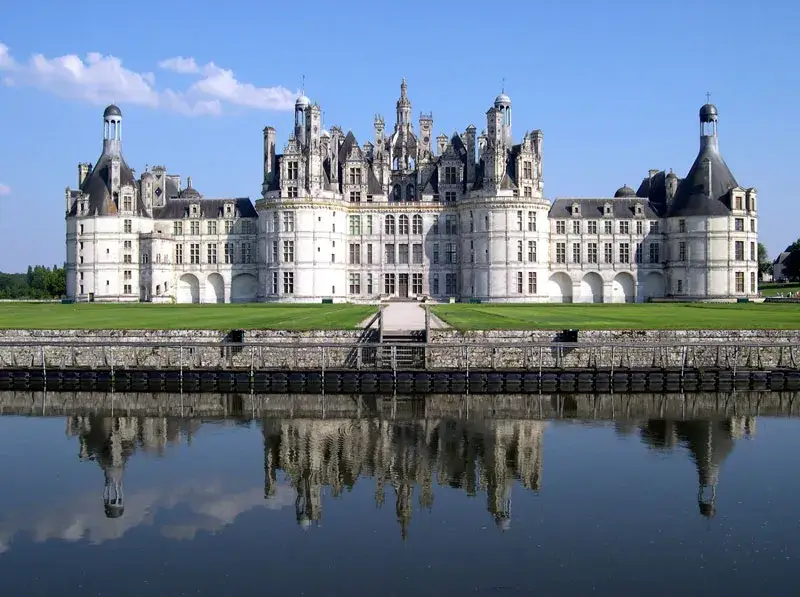
Château de Chambord (France) - Completed in 1547 - Height: N/A
Detail: Château de Chambord is a Renaissance castle known for its distinctive French architecture.
Interesting Fact: It was originally constructed for King Francis I and is estimated to have cost $750 million today.
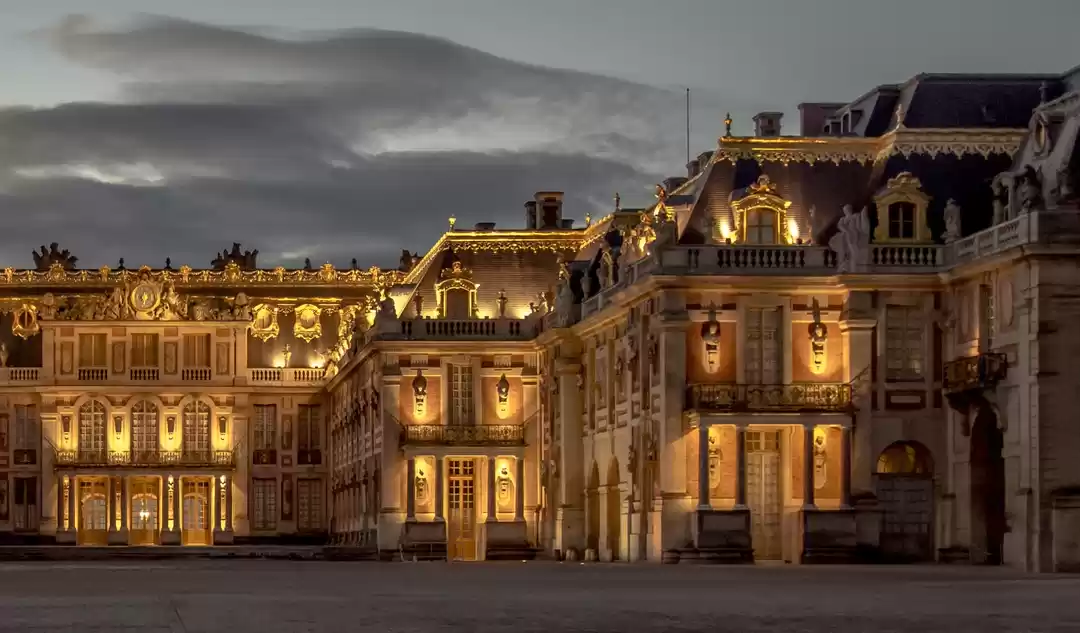
The Palace of Versailles (France) - Completed in 1682 - Height: N/A
Detail: The Palace of Versailles is a masterpiece of French Baroque architecture, featuring opulent interiors and extensive gardens.
Interesting Fact: Its construction cost, in today's currency, was an estimated $2.3 billion.




